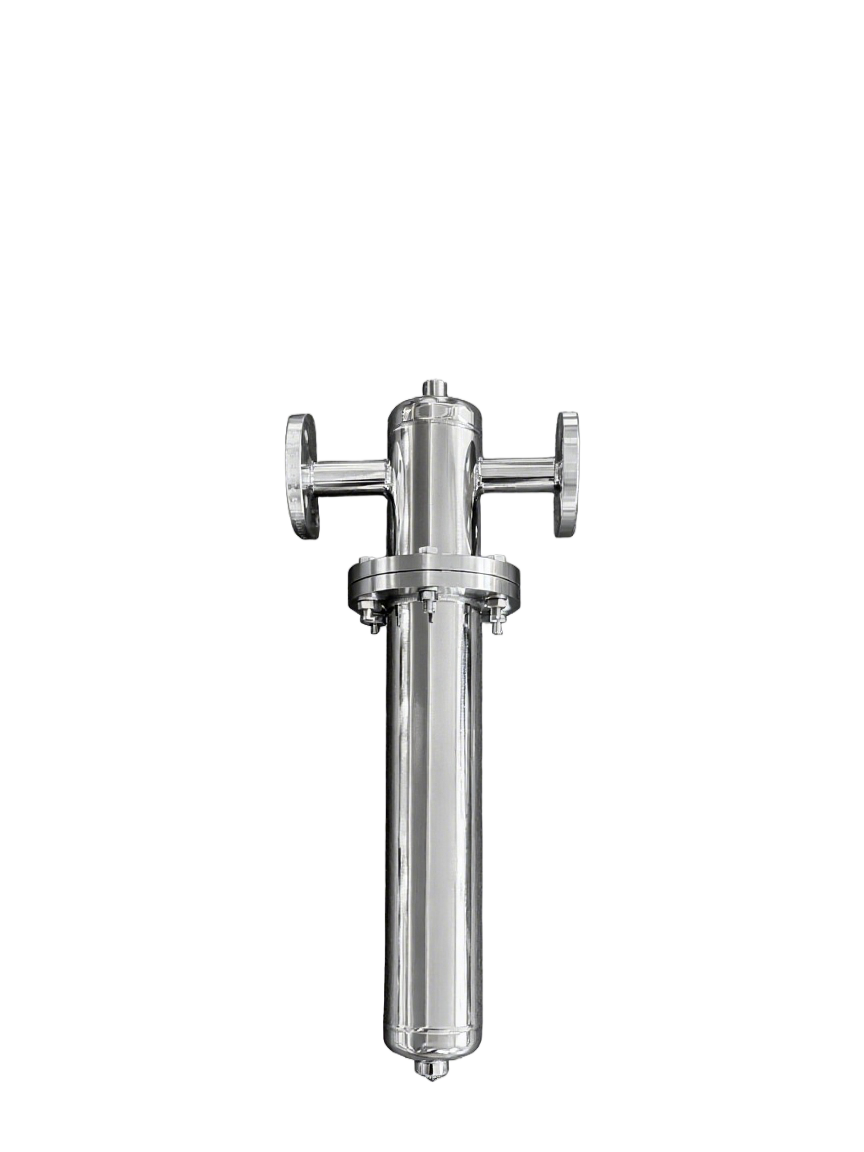How to determine the mixing time of feed mixer?
In agricultural production, the quality of feed directly affects the growth rate and health status of animals. As one of the key equipment for feed production, the determination of the mixing time of the feed mixer is crucial to ensure the quality of feed. If the mixing time is too short, the feed ingredients may be mixed unevenly; if the mixing time is too long, it will increase energy consumption and may cause the loss of certain nutrients. Therefore, scientifically and reasonably determining the mixing time of the feed mixer is an important link to improve the efficiency and quality of feed production.
First, we need to understand the working principle of feed mixer. Feed mixer mixes feed raw materials through rotating mixing blades. The rotation speed and mixing time of the mixing blades are two important factors affecting the uniformity of feed mixing. Generally speaking, the rotation speed of the mixing blade is fixed, so we need to pay attention to the mixing time.
Determinants of mixing time:
Feed formula: Different feed formulas have different mixing times due to their raw material characteristics and the uniformity required. For example, feeds containing more powdered ingredients may require longer mixing time to ensure uniform mixing.
Mixer type: There are many types of feed mixers on the market, such as vertical feed mixers, horizontal feed mixers, double-shaft feed mixers, etc. Each model has different design features and working principles, and different requirements for mixing time.
Loading capacity: The loading capacity of the mixer will also affect the mixing time. Overloading will lead to insufficient mixing, while underloading may cause energy waste.
Raw material characteristics: The physical characteristics of raw materials such as particle size, density, and humidity will affect the mixing effect, thereby affecting the mixing time.
Mixing speed: The speed of mixing is directly related to the uniformity of material mixing, which in turn affects the required mixing time.

When determining the mixing time of feed, we can take the following steps:
According to the type and nature of feed raw materials, select a suitable mixing time range. Generally speaking, a mixing time range can be preliminarily determined based on experience and actual conditions, and then adjusted according to the effect of actual operation.
Before mixing, put the feed raw materials into the mixer in a certain proportion. Note that do not put too much feed raw materials at one time to avoid affecting the mixing effect.
Start the feed mixer and start the mixing process. During the mixing process, you can observe the mixing of the feed and the working status of the mixer to determine whether the mixing time is appropriate.
During the mixing process, you can stop the machine at an appropriate time to check the mixing of the feed. If you find that the feed is not mixed evenly, you can extend the mixing time appropriately; if you find that the feed is already mixed evenly, you can shorten the mixing time appropriately.
After the mixing is completed, stop the machine to take out the mixed feed and conduct a quality inspection. If the feed is found to be unevenly mixed or there are foreign objects, the mixing time can be adjusted and re-mixed.
In short, determining the mixing time of the feed mixer is a question that requires experience and skills. In actual operation, we need to comprehensively consider factors such as the type and nature of the feed raw materials, the capacity and power of the feed mixer, the design and layout of the mixing blades, and make adjustments and judgments based on actual conditions. Only in this way can we ensure the mixing uniformity and quality of the feed and improve the breeding efficiency.
As a professional feed mixer vendor, we are well aware of the importance of precise control of mixing time for the production of high-quality feed. Combining the various methods mentioned above, we recommend that customers use experimental methods combined with empirical methods to determine the optimal mixing time, and use our automated control system for fine-tuning to ensure that each batch of feed can achieve the ideal mixing uniformity. In addition, we also provide professional equipment maintenance and operation training services to help customers improve mixing efficiency and ensure the continuity and stability of feed production.
https://www.fast-js.com/industry-news/
Jiangsu FAST Intelligent Equipment Co., Ltd.




